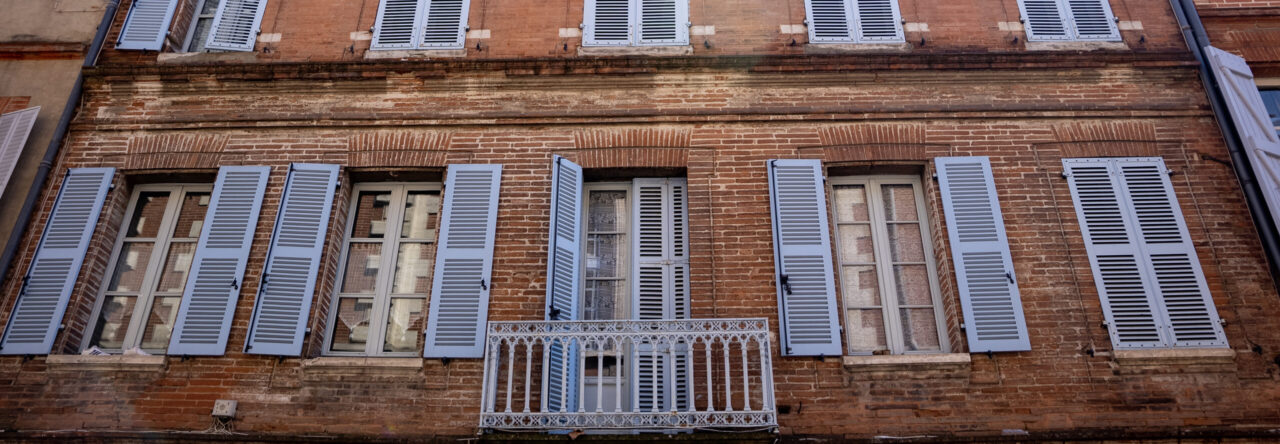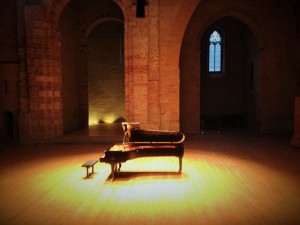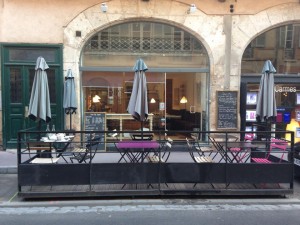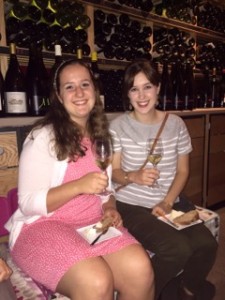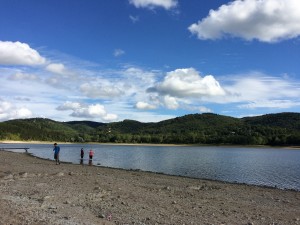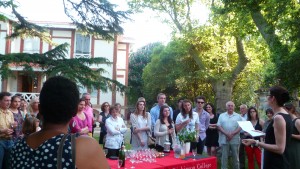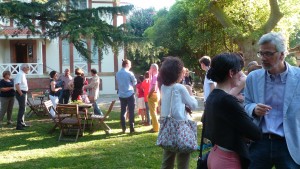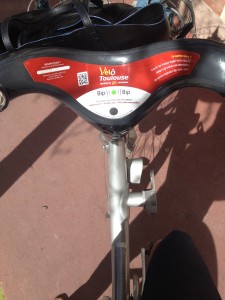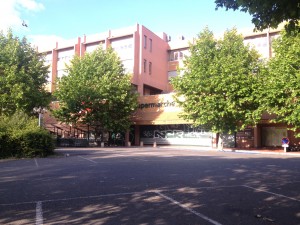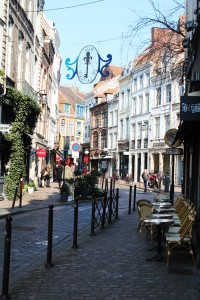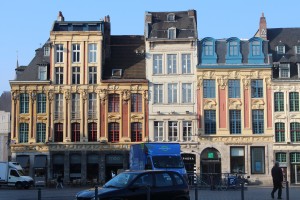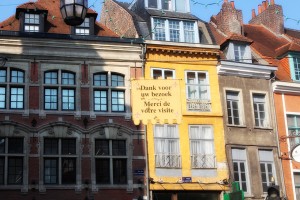par Lisa Johnsen
Lundi, 14 septembre, les étudiants de Dickinson sont allés à un concert de piano qui fait partie du festival “Piano aux Jacobins”. La plupart de ces concerts se déroulent au cloître de l’église des Jacobins, mais ce concert a eu lieu à l’église Saint-Pierre des Cuisines. Cette église n’a plus de services, mais est utilisée aujourd’hui comme salle de concert. Nous avons écouté le pianiste David Violi jouer des morceaux de Liszt, Brahms, et Dukas. De plus, il a joué pour les rappels Listz et Schumann. Bien que les convenances de concert semblent universelles, j’ai remarqué certaines différences culturelles. Au début du concert, les étudiants de Dickinson ont reçu un programme contenant des informations sur l’artiste, les compositeurs, et le lieu. Cependant, le public n’a rien reçu. Aux États-Unis, il y a toujours beaucoup d’informations, y compris des publicités et des annonces pour d’autres événements. En parlant de notre expérience le jour suivant , Madame Toux a noté que pour les Français, quand ils vont voir un concert, ils savent ce qu’ils vont voir et ce qu’ils vont écouter. Pour beaucoup d’Américains, ils peuvent aller à un concert sans aucune idée de ce qu’ils vont voir. De plus, de nombreux Américains seraient frustrés par le manque d’information. Cela fait partie de la culture implicite en France, par rapport à la culture explicite aux États-Unis que nous avons étudiées pendant l’orientation. Un autre point intéressant, pendant l’entracte la plupart des personnes sont restées assises sur leur siège. Il n’y avait pas de vente de nourriture, ni de boissons, ni de marchandise concernant le festival ou l’artiste. C’était tout à fait simple. Aux États-Unis, il y a souvent des occasions pour le commerce et les publicités, qu’on ne voit pas en France. Je me rappelle que dans plusieurs villes américaines, les publicités prennent beaucoup d’espace et elles sont vraiment agressives et se battent pour obtenir l’attention des clients potentiels. Dans le centre-ville de Toulouse, il y a toujours beaucoup de personnes, des magasins, mais aussi des jardins pour s’amuser avec des amis, et apprécier la ville. C’est une attitude différente.
Le concert a commencé à peu près 15 minutes en retard, mais je n’ai pas trouvé cela très bizarre. Aux États-Unis, les séances qui commencent exactement à l’heure sont rares. L’audience n’était ni confuse ni fâchée de ce retard. Les membres du public qui sont arrivés en retard ont dû attendre l’entracte pour rejoindre leur place. J’étais un peu étonnée que Violi ait fait deux rappels après avoir fini le programme original. J’ai assisté à beaucoup de concerts aux États-Unis, et normalement le public applaudit et acclame le pianiste, même debout. Cette audience a applaudi avec passion, mais personne n’a crié. Cependant, Violi est revenu pour jouer deux morceaux de plus. J’ai trouvé cela d’être frustrant, car j’étais fatiguée après une longue journée. Aux États-Unis, quand le concert est fini, le public remercie l’artiste en applaudissant, et il part. Néanmoins, cette audience était contente de rester un peu plus. C’est un exemple de la notion de temps différente pour les Français et les Américains. En général, j’ai aimé le concert, et je vais assister à un autre concert à la fin de septembre. Cette fois, je vais faire mes recherches en avance, et je vais m’attendre à un rappel.
